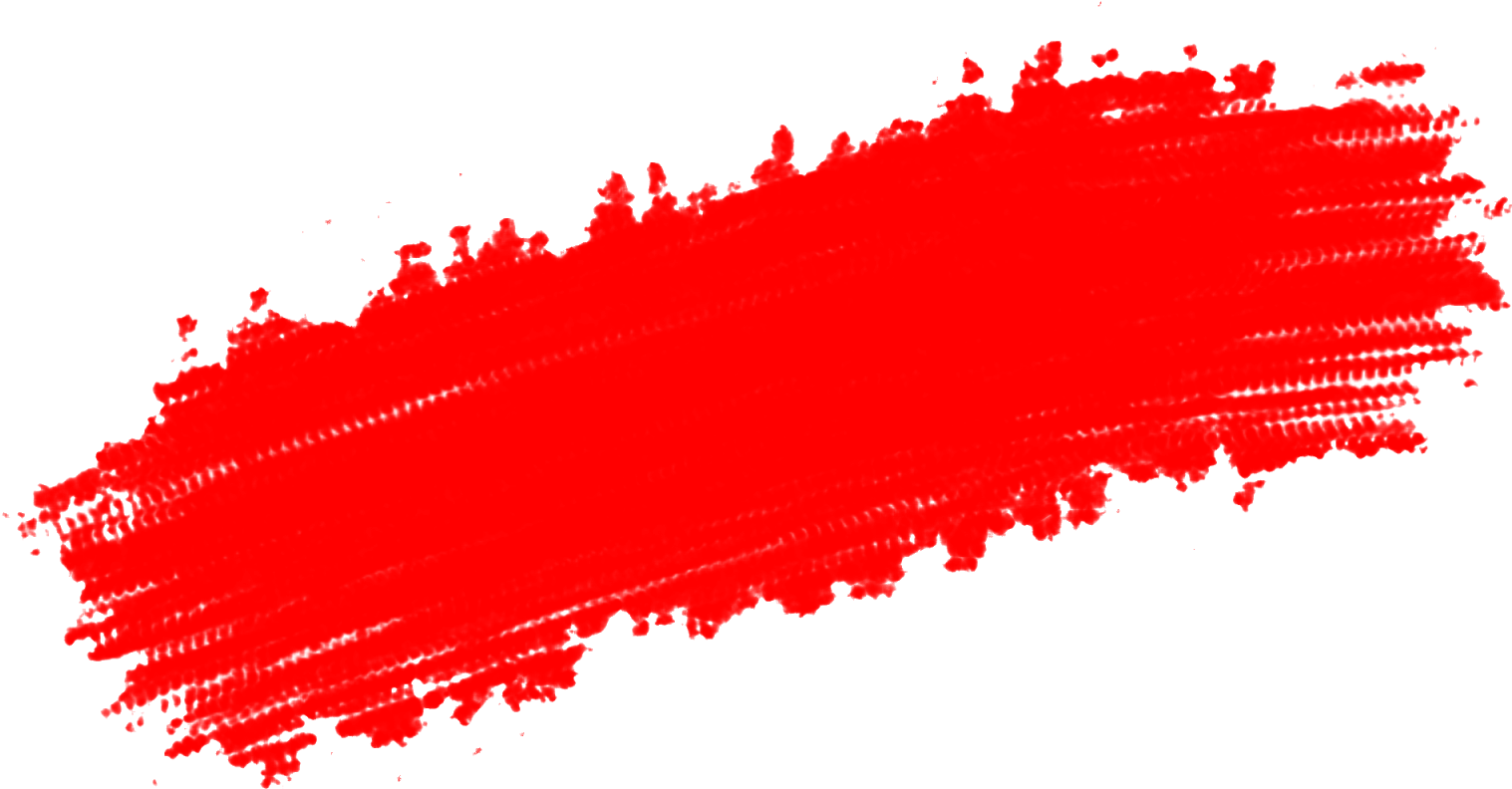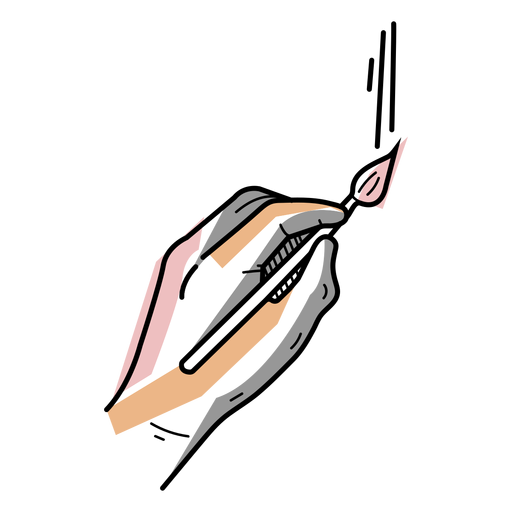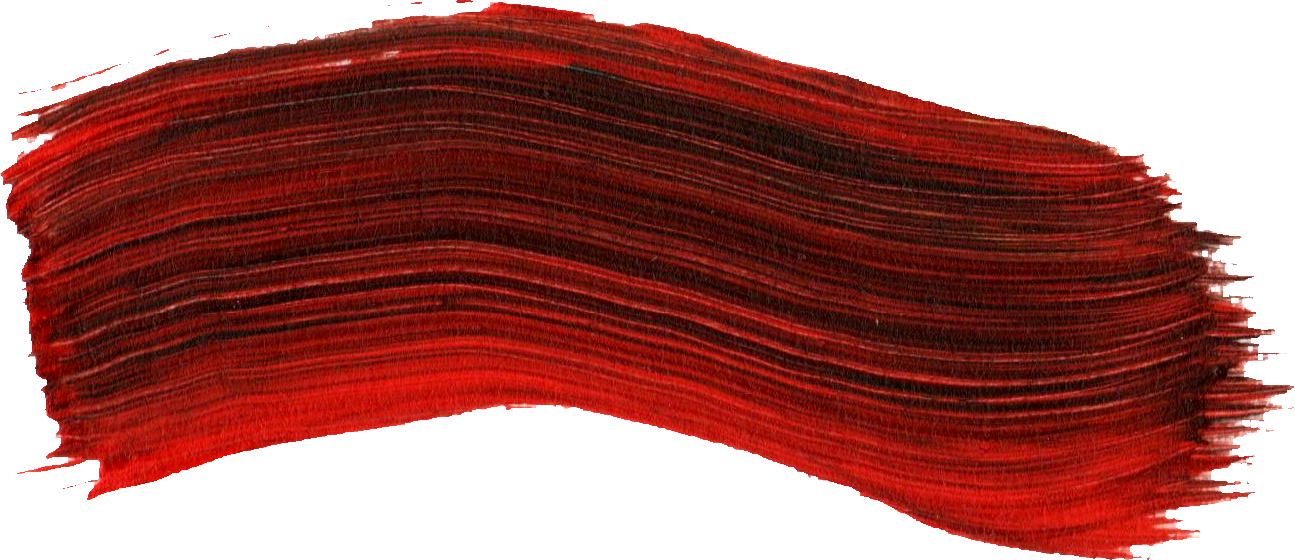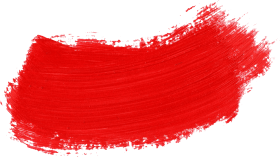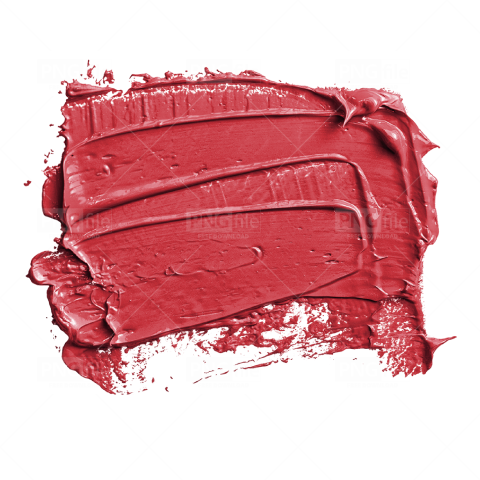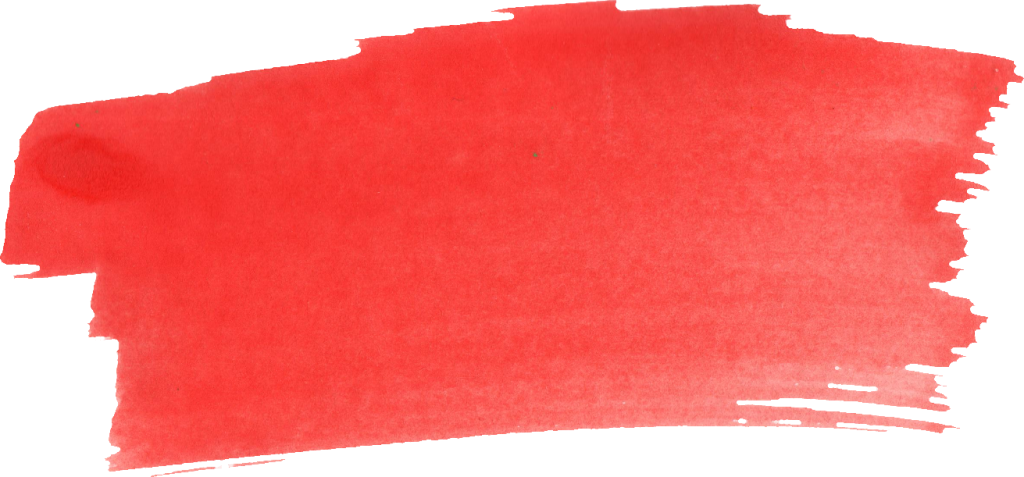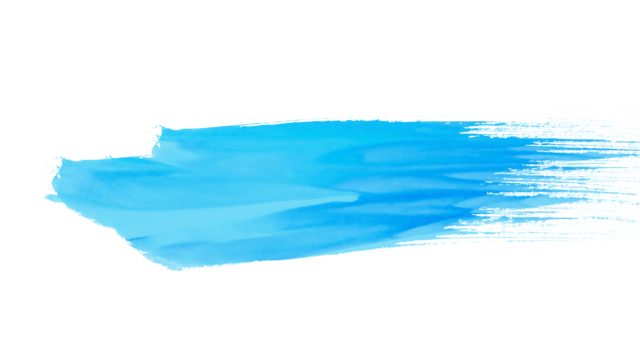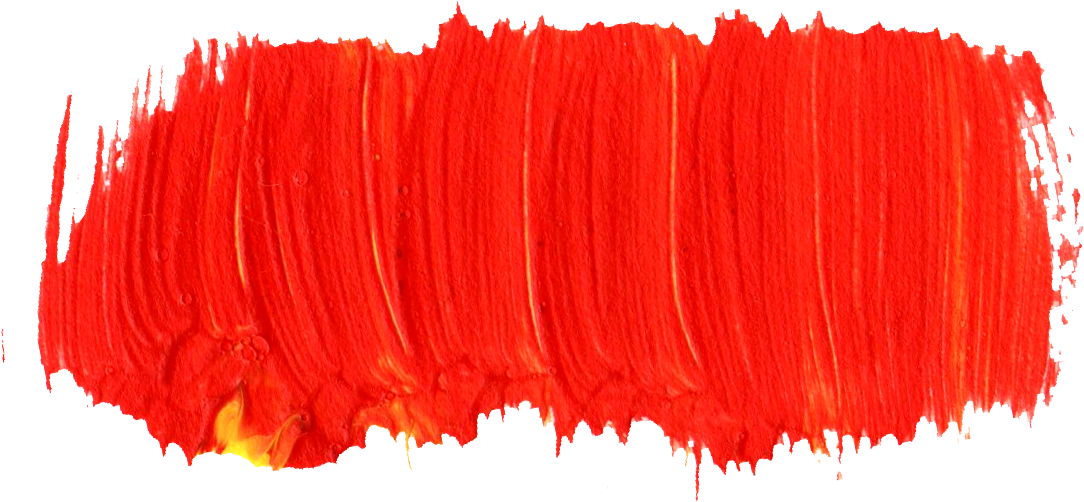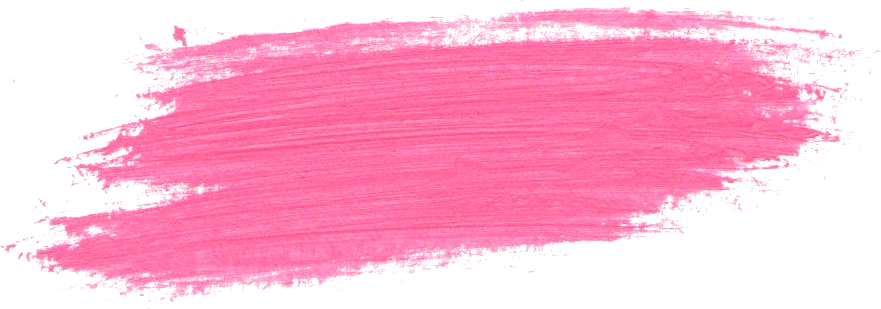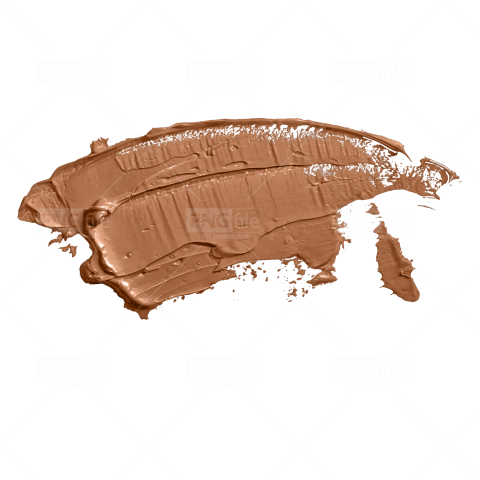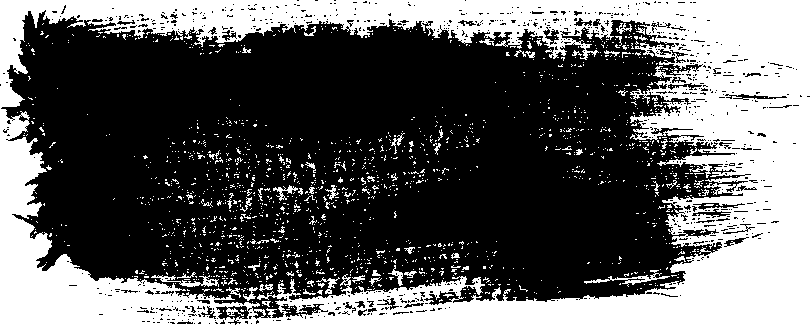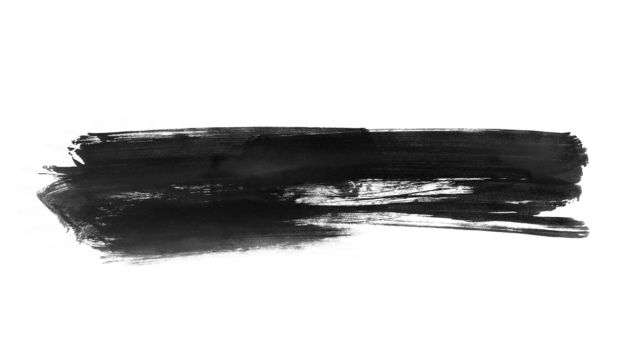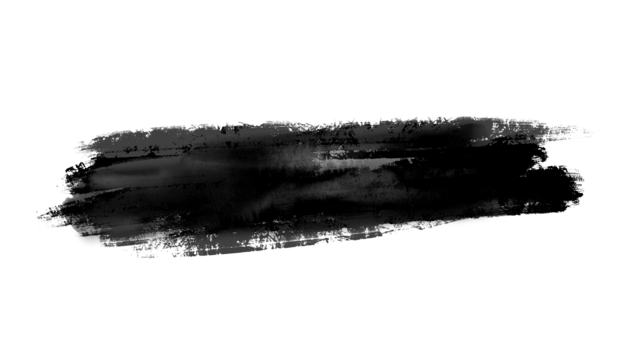Download top and best high-quality free Paint Stroke PNG Transparent Images backgrounds available in various sizes. To view the full PNG size resolution click on any of the below image thumbnail.
License Info: Creative Commons 4.0 BY-NC
Creating a painting is not just about splashing colors on the canvas. One needs to know how to paint strokes to bring life to their artwork. A paint stroke is a mark made on a surface with a brush, usually filled with color. It can be horizontal, vertical, curved, or diagonal, and it is what creates texture, dimension, and movement in a painting. In this article, we’ll give you a detailed guide on paint strokes from the basics to the techniques used by professionals.
The Basics of Paint Strokes
The first step in painting strokes is to choose the right brush. Different brushes are designed for different types of strokes. For example, a flat brush is perfect for creating straight strokes, while a round brush is ideal for curves and small details. A filbert brush can blend and soften edges, while a fan brush can produce textured strokes.
When making a stroke, it’s important to load the brush with the right amount of paint. Too little paint will result in a dry stroke, while too much paint can cause the stroke to drip or smudge. Dip the brush into the paint, and then scrape off any excess on the edge of the container mildly. The brush should hold paint without dripping.
The direction of the brush stroke is essential as well. Horizontal strokes can represent stability and calmness, while vertical strokes can suggest strength and energy. Diagonal strokes can create a sense of movement and tension.
Types of Paint Strokes
There are many types of paint strokes that artists can create, and each adds a unique dimension to the canvas. Here are some of the most commonly used paint strokes you should know about.
Flat Strokes
A flat stroke is created by using a flat brush, which is a rectangular brush with flattened bristles. The stroke is typically produced by making horizontal or vertical lines, resulting in a smooth and even surface. Flat strokes are popularly used for backgrounds, large areas, and creating sharp edges.
Round Strokes
Round strokes refer to curved strokes that can be produced by a round brush. This type of stroke is perfect for creating dots, details, and outlining artwork. The size of the brush determines the size of the dot, highlight, or detail that can be created.
Impasto Strokes
Impasto refers to a technique where paint is thickly applied, resulting in visible brushstrokes and texture. The paint is typically mixed with a thickening agent or used straight out of the tube. Impasto strokes are used for adding dimension, movement, and depth to the painting. Artists use a palette knife or a stiff brush to produce this type of stroke.
Scumbling Strokes
Scumbling refers to a technique where paint is applied thinly in a haphazard manner, resulting in rough, textural marks. Scumbling strokes are typically used to create texture, shadows, and highlights in the painting. Artists use a dry or a slightly moistened brush to produce this stroke.
Professional Techniques
Professional painters use various techniques to create unique and realistic artwork, and the strokes they use can vary from one style to another. Here are some of the professional techniques you can try.
Glazing Technique
The glazing technique involves applying thin, transparent layers of color over each other to create depth, luminosity, and color harmony. Artists use the round or flat brush for this technique. They start by painting a base color, then apply a transparent layer over it, and repeat the process to create the desired effect.
Wet-on-Wet Technique
The wet-on-wet technique is also called alla prima or direct painting. It involves applying wet paint over wet paint, usually in one sitting. This technique is popular for painting landscapes and impressionist artwork. The artists use a flat brush or a filbert brush to create this technique. The paint is applied quickly and loosely to create a soft, blended effect.
Drybrush Technique
The drybrush technique involves using a dry brush to apply paint, resulting in a scratchy, textured surface. Artists use this technique for adding details, texture, and creating a roughened effect. The brush is loaded with a small amount of paint, and then brushed lightly over the surface, creating a scratchy effect.
Paint strokes are the basic building blocks of painting, and mastering them can help elevate your artwork to a new level. Experiment with different brushes, techniques, and strokes, and find the ones that work best for you. Whether you are a beginner or a professional artist, there’s always something new to learn and discover in the world of painting.
Download Paint Stroke PNG images transparent gallery
- Paint Stroke PNG Picture
Resolution: 1517 × 792
Size: 292 KB
Image Format: .png
Download
- Paint Stroke PNG
Resolution: 512 × 512
Size: 48 KB
Image Format: .png
Download
- Paint Stroke Transparent
Resolution: 1295 × 560
Size: 1041 KB
Image Format: .png
Download
- Paint Stroke
Resolution: 280 × 157
Size: 61 KB
Image Format: .png
Download
- Paint Stroke Background PNG
Resolution: 480 × 480
Size: 256 KB
Image Format: .png
Download
- Paint Stroke No Background
Resolution: 1024 × 477
Size: 557 KB
Image Format: .png
Download
- Paint Stroke PNG Clipart
Resolution: 1280 × 1280
Size: 230 KB
Image Format: .png
Download
- Paint Stroke PNG Cutout
Resolution: 3096 × 864
Size: 439 KB
Image Format: .png
Download
- Paint Stroke PNG File
Resolution: 640 × 360
Size: 148 KB
Image Format: .png
Download
- Paint Stroke PNG Free Image
Resolution: 1024 × 384
Size: 68 KB
Image Format: .png
Download
- Paint Stroke PNG HD Image
Resolution: 1084 × 502
Size: 702 KB
Image Format: .png
Download
- Paint Stroke PNG Image File
Resolution: 945 × 268
Size: 416 KB
Image Format: .png
Download
- Paint Stroke PNG Image HD
Resolution: 881 × 309
Size: 294 KB
Image Format: .png
Download
- Paint Stroke PNG Image
Resolution: 480 × 480
Size: 120 KB
Image Format: .png
Download
- Paint Stroke PNG Images HD
Resolution: 810 × 325
Size: 19 KB
Image Format: .png
Download
- Paint Stroke PNG Images
Resolution: 640 × 360
Size: 108 KB
Image Format: .png
Download
- Paint Stroke PNG Photo
Resolution: 1600 × 521
Size: 831 KB
Image Format: .png
Download
- Paint Stroke PNG Photos
Resolution: 640 × 360
Size: 63 KB
Image Format: .png
Download
- Paint Stroke PNG Pic
Resolution: 3080 × 752
Size: 424 KB
Image Format: .png
Download
